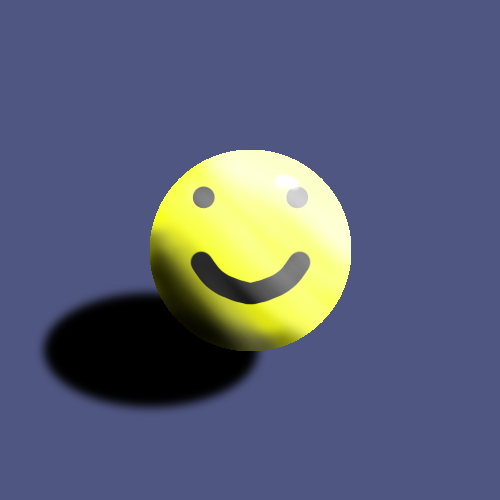Shading & Lighting
Our art piece for this week was to explore shading and lighting. This included exploring different shading techniques, and practicing a basic shading exercise.
Approach
My approach to this task was that I set out to attempt to make a 2D object appear 3D using shading and lighting. I chose to use a simple ball for the object, as this was my first time practicing shading and lighting techniques. I had followed a simple shading tutorial, which walked through where to begin with shading and the next steps (antCGi, 2019). The tutorial was easy enough to follow. However, with my inexperience with shading and lighting, I had to focus on how each section of the object was being shaded and how soft or dark each section had to be.
Research
For this piece I had researched different objects of what I wanted to practise my shading on. My main idea of an object was a small bouncy ball with a smiley face on the object. I felt that this was a generic object to shade, and would be a simple enough object to start shading. Moreover, my desire was to have an object which was not blank, and had a slight characteristic.
Skills Learned
From this exercise I have learned how to make a 2D object appear 3D. This can be achieved through shading and lighting practices, which can create an illusion to the viewer simply from the direction of a light source. Such as, placing the Occlusion Shadow and Cast Shadow at the correct angle of the object, to strengthen the illusion. Additionally, I learned how a light source can portray the mood of a characters face. For example, a light source shining from the bottom of a characters face would make the character appear sinister and spooky. Whereas, a light source shining into the characters face would reveal their whole face and would not show them to be sinister or spooky.
Improvement
I would argue that the ball looks too shiny and metallic. If I were to reattempt this shading practice, I would be less careful when applying the shine to the ball, and I would be more subtle with the shine. Furthermore, an additional improvement would be to show the face of the ball at an angle, instead of the face being shown straight forward. I believe this would intensify the illusion of a 2D object appearing 3D.
References
antCGi (2019) Digital Shading Tutorial – A Simple Technique Anyone Can Do [Video]. Available online: https://www.youtube.com/watch?v=Zs7jfL_Gpfg [Accessed 25/10/2021].
Below is my shading and lighting practice piece.
